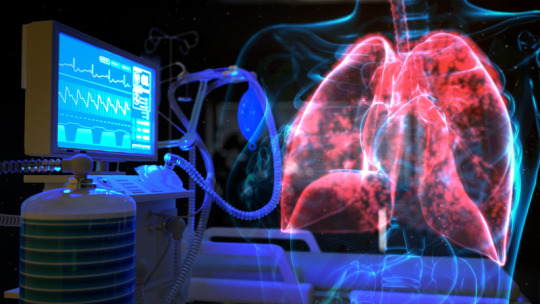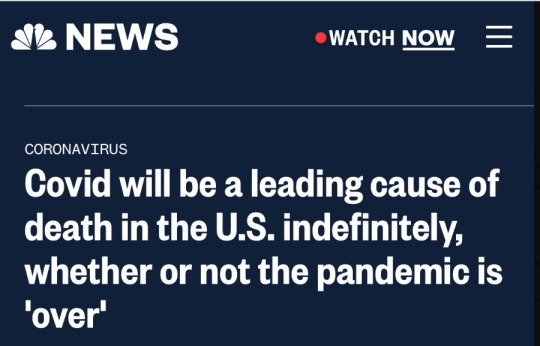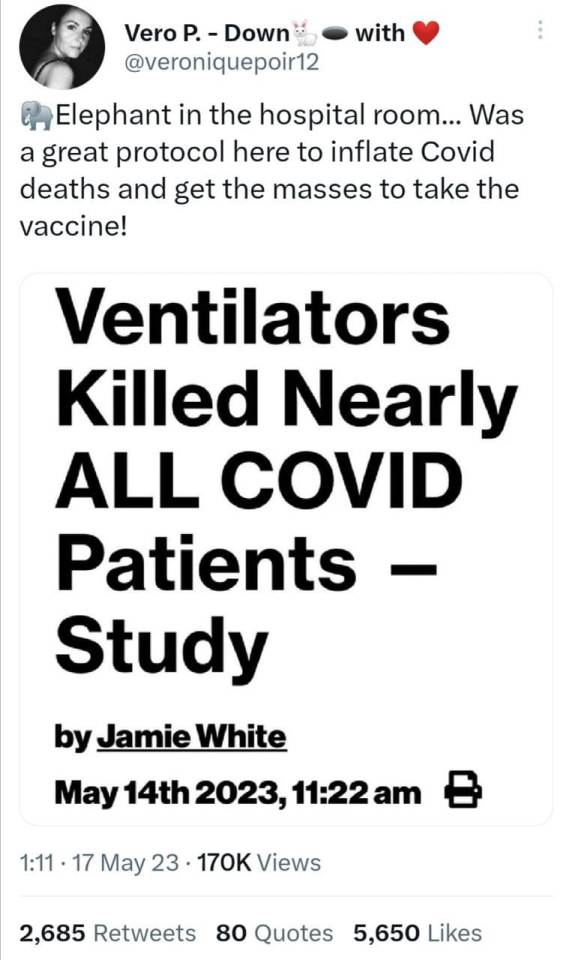#ventilators
Text

2014 India, on train from Ernakulam to Thiruvananthapuram
#2014#India#kerala#thiruvananthapuram#trivandrum#train#ventilators#colorphotography#photo#photography#streetphotography#street#fijix100#photozine#providence#capturestreets#ourstreets#streetizm#life_is_street#original photographers#pierre wayser
35 notes
·
View notes
Text
FusionFall Headcanons: Ventilators
The Ventilators may not look like much at a glance compared to other fusion monsters around the Nuclear Plant, but they are highly aggressive foes with big appetites. Rather than disguise themselves among the machinery and equipment from the working days of the plant, they will not hesitate to charge straight for you as soon as they have you in their sights. This easily makes them the enemies' first and fiercest line of defense when entering the infection zone.
Due to the large pipe their mouths are made from being relatively intact, the Ventilators lack a set of front teeth. Nevertheless, according to their description, "this dino-like eating machine can only relax after chasing down a few kids." This tells us that they do still attack by biting/devouring their enemies. To do so, their jaws will unhinge like a snake's and, once the target is caught in them, the Ventilators will lean their heads up to further trap them and swallow them whole. Unable to escape, the target is then burned by the fusion matter contained inside.
These monsters do have other means of attack as well. They are capable of firing large blasts of fusion matter from their mouths, or ramming opponents with the spikes that run along their heads. They cannot, however, attack with their limbs--their flat feet made for balance and lacking forearms completely. Their tails are also too short to use as a weapon, despite having spikes as well.
There are different ways to fight them depending on whether you attack at close or long-range. For close-range combat, you almost never want to attack from the front. Their visibility is better from the sides, but they can counter you much easier when you stand ahead of them. Meanwhile, despite their greater awareness, they don't have much to defend themselves from the back or sides. You'll want to keep this position in order to best stay out of harm's way. From there, you can attack their legs to disable them or slice through the weaker armor around their necks.
For long-range combat, it's best to attack from a higher level since they can surprisingly take a lot of ground very quickly. There's plenty of tall buildings in the Nuclear Plant to use as cover, so you can easily shoot from the rooftops and take shelter behind tall walls to avoid their returning fire. Besides the neck, their big mouths also luckily make for big targets. A few well-aimed shots can do a lot of internal damage.
If you are unlucky enough to find yourself caught in a Ventilator's maw, do everything you can to keep yourself firmly rooted to the ground. If they can't get you off your feet, it'll be harder for them to drag you down their throats. Chances are, your arms will be pinned close to your sides, but if you are lucky enough to have a weapon facing ahead of you, start cutting/shooting like mad. Having a nano or team member attack the Ventilator from the outside--particularly around the eyes--should also buy you more time if not force the monster to let go of you.
2 notes
·
View notes
Text
Reviewing questions:
In patients with asthma, there is usually a greater than 20% drop in lung function with methacholine challenge (positive test).
Epistaxis that is prolonged and difficult to control is most likely to be a posterior bleed. Posterior bleeds are associated with the sphenopalatine artery, which arises from the maxillary artery. If medical treatment fails, an otolaryngologist may choose to ligate the maxillary artery because this procedure has a higher success rate than ligation of the external carotid artery. Anterior nose bleeds, on the other hand, nearly always arise from the Kiesselbach plexus. The Kiesselbach plexus is an anastomotic network of vessels on the anterior portion of the nasal septum.
I don't know how to use ventilators, but I got a question on it right and the references included: https://www.thoracic.org/ and https://emedicine.medscape.com/article/304068-overview.
For more information, see:
American Thoracic Society overview on mechanical ventilation.
AS Fauci, E Braunwald, DL Kasper, SL Hauser, DLLongo, JL Jameson, J Loscaizo (eds), Harrison’s Principles of Internal Medicine, 16e. New York, McGraw-Hill, 2005: 1595-1599.
Nye, Z. (2009). First aid for the COMLEX: An osteopathic manipulative medicine review (2nd ed.). New York: McGraw-Hill Medical.
Overview of mechanical ventilation. eMedicine.
Common physical examination findings include boggy and pale nasal turbinates in addition to allergic shiners, which refers to darkening of the skin under the eyes secondary to the pooling of blood under the orbits due to swelling in the nasal cavities. First-line medical treatment of persistent seasonal allergies consists of an intranasal corticosteroid, such as budesonide, fluticasone, or mometasone, in addition to conservative measures such as allergen avoidance and patient education. Intranasal corticosteroids may provide some benefit immediately but typically take 2 weeks for peak benefit. For chronic allergies, they may be used safely on a daily basis. Seasonal allergic rhinitis is a clinical diagnosis and does not require additional imaging or laboratory workup.
S. aureus is a beta-hemolytic gram-positive cocci that grows in clusters and is coagulase positive. It is one of the leading causes of both community-acquired pneumonia and healthcare-acquired pneumonia in children. It presents with abrupt onset of fevers, chills, and lobar consolidation and commonly causes cavitation, effusions, and empyema. Risk factors for Staphylococcus aureus infection include foreign body, preceding viral infection, malignancy, diabetes, prematurity, and immunodeficiency. Children with invasive staphylococcus infection should be hospitalized and started on empiric intravenous antibiotics. A definitive antibiotic regimen is based on susceptibility (if the organism is methicillin-susceptible or resistant).
Antibiotics used to treat tularemia include streptomycin (the drug of choice), gentamicin, doxycycline, and ciprofloxacin
#methacholine challenge#asthma#methacholine#nosebleed#nosebleeds#epistaxis#ventilators#ventilator#pulm#shiners#allergic shiners#rhinitis#coagulase positive#coagulase#Tularemia
3 notes
·
View notes
Text


#TRT World 🌎#Gaza#Forever Palestine 🇵🇸#Infectious Diseases#UNRWA#Suffering of Palestinian Men | Women | Angel Children#Anaesthetics Medicines#Anaesthesia Machines#Oxygen Cylinders#Ventilators#Water 💦 Filtration Systems#Dates#Sleeping 🛌 Bags 💼#Cancer Treatment Medicines 💊#Maternity Kits#Water 💦 Purification Tablets#World Health Organization#Illegal Military Offenses#Illegal Regime of Terrorist Zionist 🐖 🐷 🐗:Isra-hell
1 note
·
View note
Text
Explaining ventilators for COVID-19
Biology of ventilationAir moves from our lungs into the bloodstream through tiny, air-filled sacs called alveoli.
Open circuit ventilatorsThis is a very simple version of a ventilator where waste gas is expelled from the system without recycling.
Closed circuit ventilatorsThis diagram is more like a modern medical ventilator. A CO2 filter recycles air to reduce waste. An outflow valve…

View On WordPress
0 notes
Text
I gotta say the Orwell quotes are getting way less snappy these days.
"the pandemic is over but covid is a leading cause of death" isnt as good of a soundbite as "war is peace freedom is slavery ignorance is strength"

#covid 19#coronavirus#anyways always remember MVV friends#mask ventilate and vaccinate#esp you northern hemisphere ppl going into winter
9K notes
·
View notes
Text
https://archanasabba.com/national-medical-devices-policy-2023/

#Medicaldevicessector#Indianhealthcaresector#covid19pandemic#Largescaleproduction#ventilators#RapidAntigenTestkits#RealTimeReverseTranscriptionPolymeraseChainReaction#RTPCRkits#InfraredThermometers#PersonalProtectiveEquipment#PPEKits#N95masks#Sunrisesector#marketsize#Globalmedicaldevicemarket#Selfreliant#universalhealthcare#plischemeformedicaldevices#Medicaldevicesparks#Regulatorystreamlining#Enablinginfrastructure#researchanddevelopment#innovation#Attractinginvestments#humanresourcesdevelopment#skilledworkforce#brandpositioning#ExportPromotionCouncil#Marketaccess#Patientcentricapproach
0 notes
Text
Brit School event gets ventilator appeal on its way to target
A five-year-old boy from Coulsdon has inspired supporters to raise £17,000 at a special event to fund ventilators that will help save the lives of children across Croydon.
Breathe easy: hospital staff at Mayday have got behind the Little Breaths campaign
Mason Mole was just 18 months old and fighting for his life after a virus left him with critical breathing difficulties. His life was saved, in…

View On WordPress
0 notes
Text
#critical and chronic care market size#critical and chronic care market share#critical and chronic care market forecast#critical and chronic care market analysis#critical and chronic care market report#critical and chronic care industry analysis#critical and chronic care research#critical and chronic care reports#monitoring devices#ventilators#catheters
0 notes
Text
#WHO:CoV #vax can get #sclerosis
#AP:#false Corrupt #press pushed vax,hit #unvaxxed at #Christmas too
#OmicronVG,#Gates,vax #microchips
negatives put on #ventilators,died
#orders from above:fake #death doc
96% died for other DZ,tests dubl.
#greed tragedy
https://salvatoremercogliano.blogspot.com/2023/06/covid-

#who#vax#sclerosis#ap#corrupt#omicron videogame#bill gates#microchips#negatives#ventilators#fake doc#deaths#other diseases#greed tragedy
0 notes
Text
should i write about the ventilator in 9-1-1 season 6 episode 11?
im a respiratory therapy student almost done with my program and im going to be taking my board exam in a couple months. ive worked in ICUs on ventilators because that’s a good chunk of what respiratory therapists do - we manage the lung stuff for people on ventilators. i was watching 6x11 and kept thinking about the RT related stuff in this episode and was thinking it would be interesting to just sorta do some commentary on it.
not a judgment on the show, its fiction, rule of drama and cool. but im kinda gleeful at seeing RT related stuff on TV. and i actually know something about this area!!!
caveat that i am a student and havent passed my boards yet. i am not a doctor or even a full respiratory therapist yet, and i am definitely not *your* respiratory therapist. just talking from my own experience
#tales from the blogger#RT#9-1-1 fox#ventilators#i fucking LOVE weird dream shit#this episode makes me so fucking happy it is going straight for my id
1 note
·
View note
Text
fear does have a scent to it tbh. a sort of sweaty, uncomfortable smell, sometimes with a hint of bile or blood, but only enough to be a suggestion. pain is more biological, the bile-blood-offal smell is much stronger and more unpleasant. in sickness they eclipse other scents entirely, and an often stale, layered sweat smell forms the undertone. sometimes there's also rot.
#🐉#based on my own observations from living in a basement where smells get trapped easily until i ventilate them#not from torturing people in my dungeon. lol.
1K notes
·
View notes
